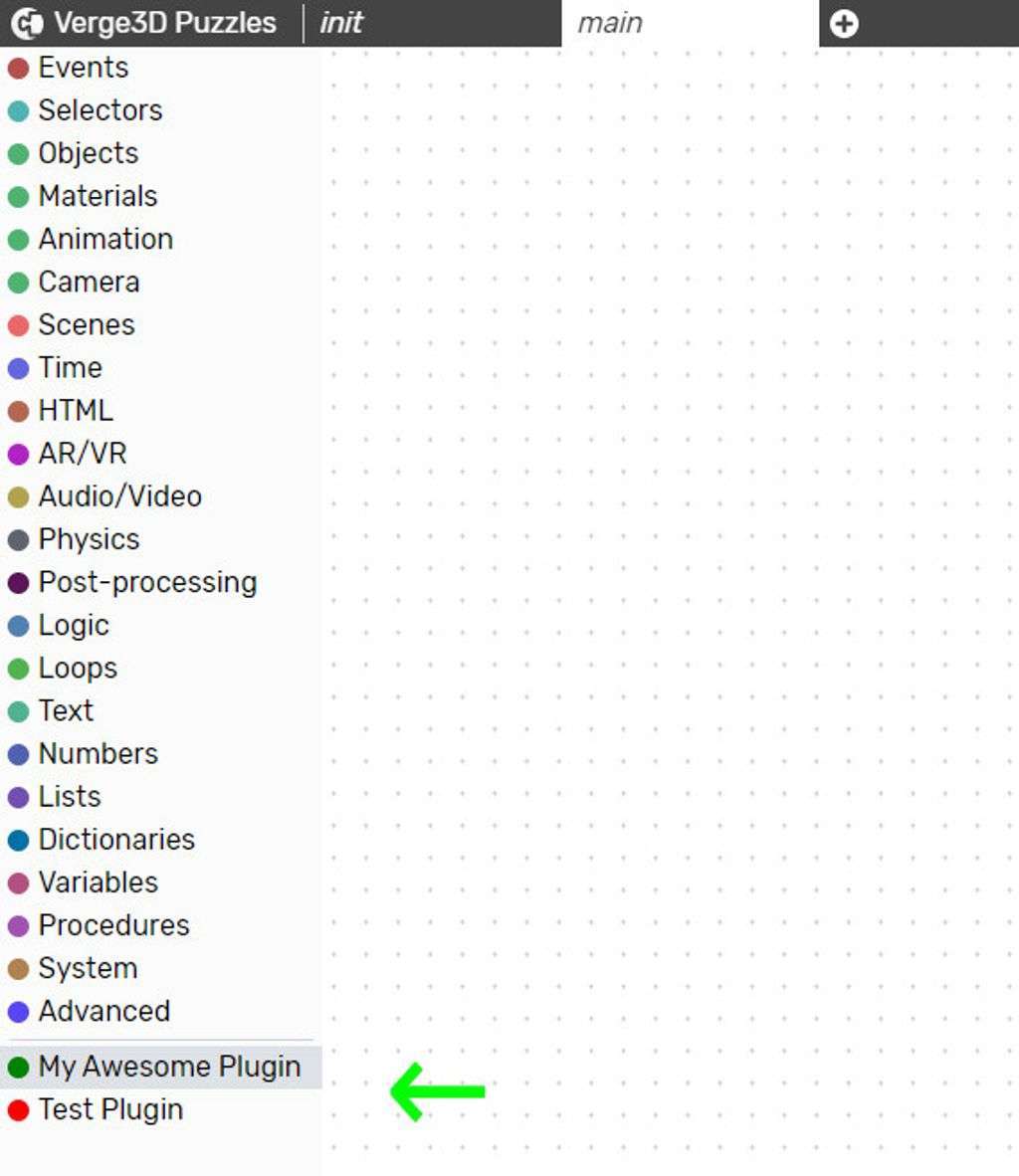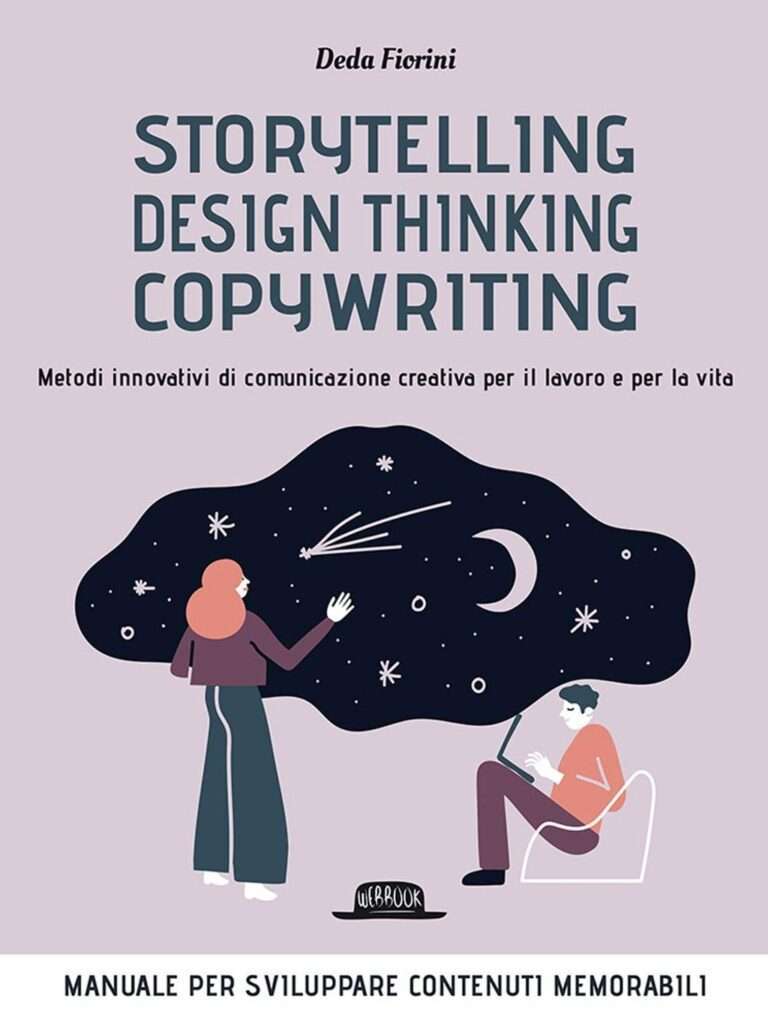The Nested Loops Method: Stories Within Stories
Overview
Introduction
The Nested Loops Method is a storytelling technique that involves the use of multiple layers of narratives, creating a rich and intricate storytelling experience. By employing two loops of storytelling, the Nested Loops Method allows for the exploration of multiple storylines within a main narrative. This method offers a unique way to engage readers or viewers by immersing them in a world where stories within stories unfold. Through the use of nested loops, authors and creators can delve into various perspectives, timelines, and themes, providing a multi-dimensional and immersive storytelling experience.
Benefits of the Nested Loops Method
The Nested Loops Method offers several key benefits that make it a valuable storytelling technique. One major advantage is that it allows for the creation of complex narratives that are rich in depth and detail. By nesting stories within stories, authors can explore multiple layers of meaning and create a more immersive reading experience. This method also provides a unique way to control the flow of information, allowing the storyteller to guide the reader’s attention and build suspense. Additionally, the Nested Loops Method offers opportunities for thematic exploration and the integration of different perspectives. Overall, this approach enhances the storytelling process and offers a powerful tool for writers to engage their audience.
Limitations of the Nested Loops Method
While the Nested Loops Method offers a powerful way to weave multiple stories together, it does have some limitations. One limitation is the potential for complexity and confusion. As the number of nested loops increases, it can become challenging to keep track of the different storylines and their connections. Another limitation is the risk of overwhelming the reader or audience. If not executed carefully, the nested loops can overload the narrative with too much information, making it difficult for the reader or audience to follow. Additionally, the Nested Loops Method may not be suitable for all types of stories. Some stories may require a linear narrative structure, and forcing them into a nested loops framework could feel forced and unnatural. Despite these limitations, the Nested Loops Method can be a valuable tool for creating intricate and layered narratives that engage and challenge readers and audiences.
Implementation
Step 1: Identify the Main Story
The main story is the central narrative that drives the overall plot of a piece of content. It serves as the foundation upon which the nested stories are built. When identifying the main story, it is important to consider the key themes, characters, and conflicts that will be explored in the nested loops. The main story provides the context and framework for the nested stories, allowing for a deeper exploration of different perspectives, subplots, and layers of meaning. By clearly identifying the main story, you can effectively structure and organize the nested loops to create a cohesive and engaging experience for your audience. Take the time to analyze and understand the main story before moving on to the next step.
| Key Insights |
|---|
| – The main story is the central narrative that drives the overall plot. |
| – It provides the context and framework for the nested stories. |
| – Analyze and understand the main story before proceeding to the next step. |
Unifire is a powerful tool that can help you implement the nested loops method in your writing. With its intuitive interface and comprehensive features, Unifire allows you to easily create and organize nested stories within your main narrative. Try Unifire today and unlock the full potential of the nested loops method!
How to Identify the Main Story:
- Start by brainstorming the key themes, conflicts, and characters of your content.
- Determine the central narrative that ties all these elements together.
- Clarify the main goal or objective of the main story.
- Consider the emotional arc and character development that will occur within the main story.
- Review and refine the main story to ensure it aligns with your overall vision and message.
By following these steps, you can effectively identify the main story and set the stage for creating compelling nested loops.
Step 2: Identify the Nested Stories
After identifying the main story, the next step in the Nested Loops Method is to identify the nested stories. These are the additional layers of storytelling that add depth and complexity to the main narrative. Nested stories can take various forms, such as subplots, flashbacks, or parallel storylines. They provide opportunities to explore different perspectives, develop secondary characters, and introduce new themes or conflicts. By incorporating multiple layers of storytelling, the Nested Loops Method allows for a richer and more immersive reading or viewing experience.
Step 3: Create Nested Loops
Now that you have identified the main story and the nested stories, it’s time to create nested loops to weave them together. Nested loops allow for a layered storytelling experience, where each nested story adds depth and complexity to the main story. By intertwining these stories, you can create a narrative that engages the reader or viewer on multiple levels. Desired sum of emotions, themes, or plot points can be achieved through the careful arrangement of nested loops. It’s important to consider the pacing and timing of each loop to ensure a seamless flow of the narrative. With the nested loops method, you have the power to create intricate and captivating stories that leave a lasting impact on your audience.
Examples
Example 1: Nested Loops in Literature
In literature, the nested loops method is a powerful storytelling technique that adds depth and complexity to narratives. It involves the use of stories within stories, creating layers of meaning and enhancing the overall reading experience. By incorporating nested loops, authors can explore different perspectives, introduce subplots, and delve into the inner thoughts and emotions of characters. This technique allows for a more immersive and engaging storytelling experience, captivating readers and keeping them hooked until the end. Through the use of nested loops, authors can create intricate webs of interconnected narratives that leave a lasting impact on the audience.
Example 2: Nested Loops in Movies
In movies, the nested loops method is often used to create intricate storylines that captivate the audience. One key insight is that nested loops allow for the exploration of multiple narratives within a single film, adding depth and complexity to the storytelling. By intertwining different storylines, filmmakers can create a rich and immersive experience for the viewers. This technique is particularly effective in genres such as mystery, where the audience is constantly trying to piece together different threads of the story. Additionally, nested loops can also be used to convey themes and motifs throughout the film, creating a sense of cohesion and symbolism. Overall, the use of nested loops in movies offers filmmakers a powerful tool to craft compelling narratives that keep the audience engaged and entertained.
Example 3: Nested Loops in Video Games
Video games often utilize the nested loops method to create complex and immersive gameplay experiences. One common use of nested loops in video games is for generating and rendering game worlds. For example, in a procedural generation system, two for loops can be used to iterate over the x and y coordinates of a grid, allowing the game to generate terrain, place objects, and populate the world with enemies and NPCs. Another application of nested loops in video games is for collision detection. By using nested loops to iterate over all pairs of objects in the game, developers can check for collisions and handle them accordingly, such as triggering events or applying physics simulations. The nested loops method in video games provides a powerful tool for creating dynamic and interactive virtual worlds.
Conclusion
Summary of the Nested Loops Method
The Nested Loops Method is a powerful storytelling technique that involves embedding stories within stories. By using nested loops, writers can create intricate narratives that captivate readers and provide a deeper understanding of the main story. This method offers several benefits, such as enhancing the complexity of the plot, adding layers of meaning, and engaging the audience on multiple levels. However, it also has its limitations, including the potential for confusion if not executed properly. Despite these challenges, the Nested Loops Method has been successfully employed in various forms of media, including literature, movies, and video games. It allows creators to explore different perspectives, introduce subplots, and create a sense of depth and richness in their storytelling. With its ability to create complex narratives, the Nested Loops Method is a valuable tool for writers and storytellers looking to elevate their craft.
At Unifire, we understand the importance of effective storytelling. Our platform empowers creators to turn their ideas into captivating content that resonates with their audience. Whether you’re writing a novel, creating a screenplay, or developing a video game, Unifire provides the tools you need to bring your stories to life. Sign up today and unleash your creativity!
How to Use the Nested Loops Method:
- Identify the Main Story: Start by determining the central narrative or theme that you want to explore.
- Identify the Nested Stories: Look for opportunities to introduce additional stories or subplots that enhance the main story.
- Create Nested Loops: Develop the structure of your narrative by weaving the nested stories within the main story. Use techniques like flashbacks, character perspectives, and parallel storylines to create a seamless flow.
- Refine and Revise: Continuously refine and revise your narrative to ensure that the nested loops enhance the overall story and maintain coherence.
With these steps, you can effectively implement the Nested Loops Method and create compelling narratives that leave a lasting impact on your audience.
Applications and Future Developments
The Nested Loops Method has proven to be a powerful tool for storytelling in various mediums, including literature, movies, and video games. Its ability to create layers of narratives within a main story adds depth and complexity to the overall experience. In literature, authors have used nested loops to create intricate plot structures, where smaller stories are embedded within the main narrative. This technique allows for a more immersive reading experience and enables the exploration of different perspectives and themes. In movies, nested loops can be seen in films with non-linear storytelling, where multiple timelines or flashbacks are intertwined to reveal different aspects of the story. This technique keeps the audience engaged and encourages active participation in piecing together the puzzle. In video games, nested loops are often used to create branching storylines and multiple endings, giving players the freedom to explore different paths and outcomes. As technology advances, the Nested Loops Method can be further enhanced with interactive elements and immersive virtual reality experiences. The possibilities for its application in storytelling are vast, and we can expect to see more innovative uses of this visualization method in the future.
Final Thoughts
In conclusion, the Nested Loops Method offers a powerful storytelling technique that allows for the creation of stories within stories. By identifying the main story and the nested stories, and then creating nested loops, writers can add depth and complexity to their narratives. This method has numerous benefits, such as enhancing plotlines and engaging readers on multiple levels. However, it also has its limitations, as it requires careful planning and may be challenging to execute effectively. Despite these limitations, the Nested Loops Method has been successfully employed in various forms of media, including literature, movies, and video games. It offers a unique way to captivate audiences and create memorable experiences. As creators, it is important to constantly innovate and experiment with storytelling techniques like the Nested Loops Method to push the boundaries of our craft. If you’re looking to enhance your storytelling skills and create captivating narratives, consider incorporating the Nested Loops Method into your creative process. Unifire is here to support you on your journey to scale authentic content and make a lasting impact.
In conclusion, Unifire is the ultimate tool for extracting summaries, keywords, and titles from your podcast and repurposing your content. With Unifire, you can save time and effort by automating the process of creating engaging content. Whether you’re a podcaster, content creator, or marketer, Unifire can help you optimize your content strategy and reach a wider audience. Take your content to the next level with Unifire and start maximizing the potential of your podcast today!








